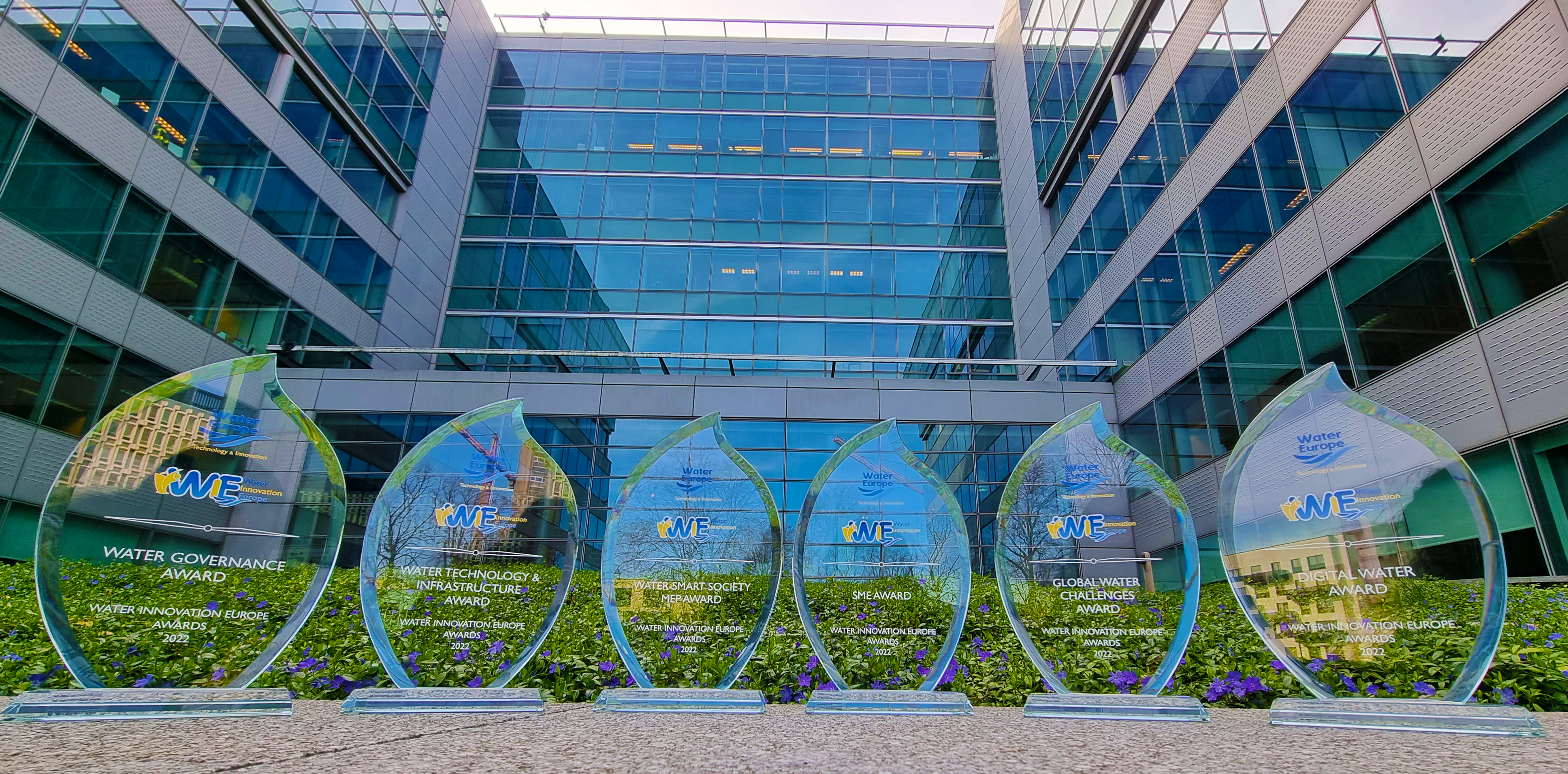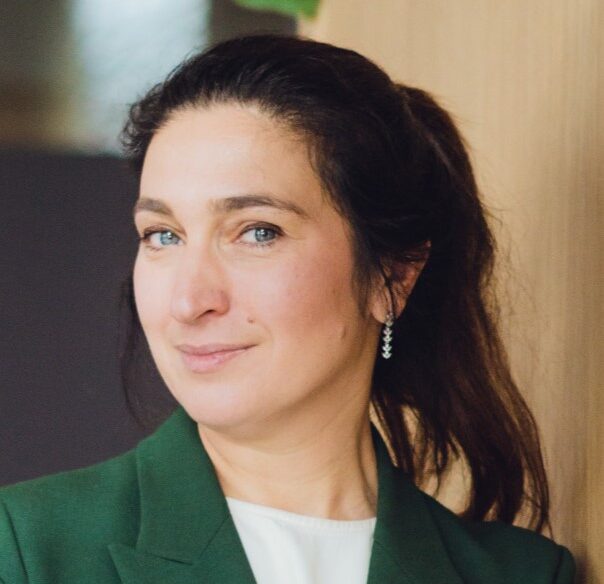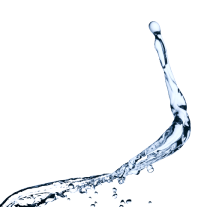 [quote align=”center” color=”#999999″]Taking nanofiltration to the next level[/quote]
[quote align=”center” color=”#999999″]Taking nanofiltration to the next level[/quote]

The EU-funded research project CeraWater with eight (inter-)national partners has developed honeycomb-like ceramic nanofiltration (NF) membranes with anti-fouling coating for the application in water treatment and process technology. The project now successfully came to an end. Marcus Weyd from the Fraunhofer Institute in Germany was the project coordinator. Marcus, why was there the need for a project like CeraWater?
The main idea of CeraWater was to increase the efficiency of water treatment processes by using large membrane elements, focussing on drinking water treatment as well as treatment of industrial wastewaters. Core idea was the development and application of filter elements with a strongly enlarged area, which is an improvement compared to the use of small areas because the investment costs can be reduced strongly. The production of ceramic filter elements is a personnel intensive process. Each filter element has to be extruded, dried, sintered and coated by several layers. After each layer the elements have to be dried and treated again. Therefore, the use of large scale elements reduces handling costs and helps making thermal treatment steps more efficient by better use of kiln capacity. For the development of large scale elements all manufacturing steps have to be adjusted and optimized. We looked on all steps of membrane manufacturing, the extrusion of larger ceramic membrane supports, the sintering of large membrane supports, the coating of the elements and the mass transfer through these elements and their application.
Why did you focus on ceramic membranes instead of e.g. polymeric?
Ceramic membranes offer advantages in terms of higher permeate fluxes and better chemicals stability. The latter is of special interest for membrane cleaning and the application of the membrane with aggressive wastewaters. Furthermore, ceramic membranes offer considerably higher lifetimes.
What were you hoping to achieve with this project and what are your main outcomes?
We were aiming at improving the efficiency of water treatment using ceramic nanofiltration membranes by the improvement of membrane properties and optimized process parameters and we reached that aim. There are three main results to mention. First of all, we developed ceramic nanofiltration elements with a strongly enlarged membrane area. By the help of these membrane elements investment cost for membranes and for stainless steel membrane modules, that house the membranes, can be strongly decreased. Furthermore, especially for large scale applications, plant design can be simplified because fewer modules have to be installed and maintained.
Our second main result is the effective anti-fouling-coating on these ceramic membranes. The anti-fouling coating makes the life of filtration easier. In membrane processes membrane fouling effects caused by components of the feed mixture lead to a decrease of membrane performance, especially membrane flux. Then the membranes have to be cleaned by physical and chemical processes. The developed anti-fouling coating helps to reduce the negative influence of the feed components, leading to higher and more constant permeate fluxes and a reduced demand for membrane cleaning. For me personally I am very happy that the anti-fouling coating was successfully developed also on membranes of larger geometry. This allows us to go on in the development of those membrane since the results of membrane characterization and testing show that the developed membranes have very similar properties as smaller geometries, which means that the efficiency per membrane area stays constant.
And last but not least, we applied the results and knowledge of membrane economics and ecological data for selected processes and therefore gained more knowledge on membrane usability, properties and performance in various applications. Within the project, membrane processes using the new membranes were successfully developed and evaluated in crucial (but exemplary) fields of application processes in these media.
Are there any other success stories?
The combination of the nanofiltration coating with large membrane sizes increases efficiency in terms of investment costs and plant space. A NF-membrane layer inside of a honeycomb geometry HCNF2a is not described in literature and is a worldwide new development, according to our knowledge.
Also, in CeraWater, a unique combination was further developed, the combination of real ceramic nanofiltration membrane layers on membrane supports of large membrane area. In this case this means membrane pore sizes below 1 nm, so only 3 to 4 water molecules fit geometrically in the diameter of a membrane pore. These small pores allow the purification of water by a physical treatment process without using chemical additives. Next to bacteria and viruses also macromolecules are easily removed from the liquid treat. So far there is only one producer of this kind of product worldwide, this company is a partner of CeraWater.
What are the potential fields of applications for your research results?
We aimed at drinking water treatment and the treatment of different industrial waste waters.
In case of drinking water treatment the water quality can be improved by the help of the membrane process and in some cases several treatment steps can be substituted by the ceramic NF-process. Due to the flexibility of the membrane steps this technology is also of interest for smaller treatment plants. Further improvements in terms of membrane area per element and permeate flux will make the technology advantageous for large scale water purification systems. The field of application in the waste and process water sector is very broad. Fields of application can for example be found where high chemical and/or stability of the membrane material is required, a very sharp separation of molecules by the membranes is necessary or a recycling of value products can be established by the physical filtration process.
How was the cooperation between the partners within the project?
It was very good. CeraWater consisted of a quite small consortium of only eight partners. Some of the partners knew each other from earlier projects and some entered a new community. The cooperation was very reliable and it got faster and more intensive during the project lifetime. During the final project meeting almost all partners announced that they would like to go on with the development. There are no follow-up projects planned so far but we will definitively go on with the topic and hope for further fruitful cooperation with CeraWater partners in the near future.



